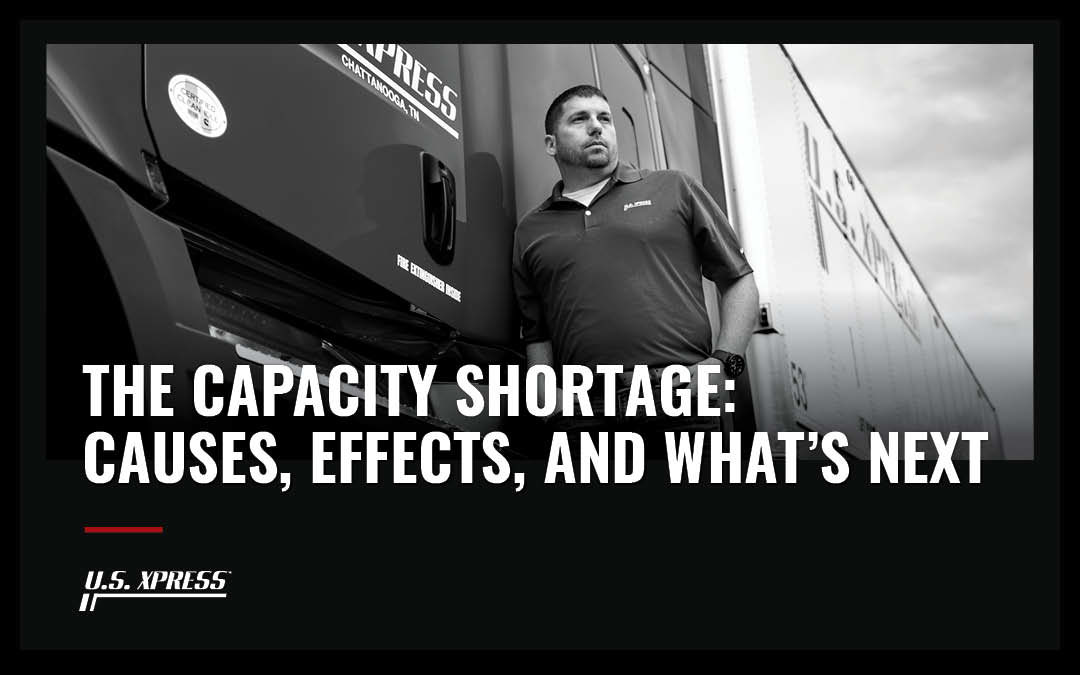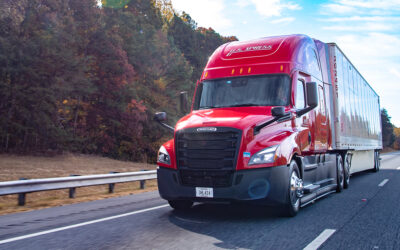2020 has been a pretty crazy year. Toilet Paper shortages. Murder Hornets. Face masks. No one could have possibly predicted what this year would bring.
The trucking industry has been no exception. Following historical marketing trends, experts predicted 2020 to hold a surplus of capacity without enough freight to fill it. In true 2020 fashion, the opposite happened. Load tender volumes have been consistent with some of the highest weeks in 2018, a year marking high freight volumes. Now, large carriers are declining thousands of orders every month, some more than they declined in all of 2019.
In other words, the freight is there. The problem is, the drivers aren’t. This year, there have been approximately 100,000 fewer new entrants into the CDL applicant pool than there was this time last year. By December, that’s expected to grow to about 200,000 – possibly worse if predicted surges in the market come into fruition. The capacity just isn’t there for a few different reasons:
Low Enrollment in CDL Schools
Since the onset of the pandemic, CDL schools have seen a huge decrease in enrollments. Some of them are now operating at 40 to 60 percent of their typical capacity. Crowding into classroom settings during a global pandemic is, understandably, not very appealing.
Drug & Alcohol Clearinghouse
The Drug & Alcohol Clearinghouse is an online database that identifies drivers prohibited from performing safety-sensitive functions, such as operating a truck, due to a drug and alcohol program violation. Since its launch in January, over 50,000 drivers have been entered into the system. That’s over 50,000 drivers throughout the country who most large carriers are not comfortable having on their teams.
Unemployment Numbers
With a second round of stimulus checks and an extended bonus in unemployment checks, it’s becoming more and more difficult to recruit new drivers into the industry. This is putting carriers under pressure to increase wages for the second half of 2020, an operating cost that, in many cases, cannot be increased.
What’s the solution?
In true 2020 fashion, there’s no one answer. Some companies are investing in a newer or larger team to help recruit drivers. Others are restructuring service offerings to help fill the gap. And still others are investing in tech solutions that will continue being rolled out over time.
The answer could be all of the above. It could be something different entirely. The important thing is progress in bridging the gap between surplus freight and lack of capacity. Getting through the rest of 2020 depends on it.
Interested in learning more? U.S. Xpress President & CEO Eric Fuller and Chief Revenue Officer Justin Harness will answer all your questions about market factors and potential solutions for the industry-wide capacity shortage in the next Delivering Ideas webinar entitled “Evolving Capacity Dynamics in a Volatile Marketplace.” Go ahead and register today.





